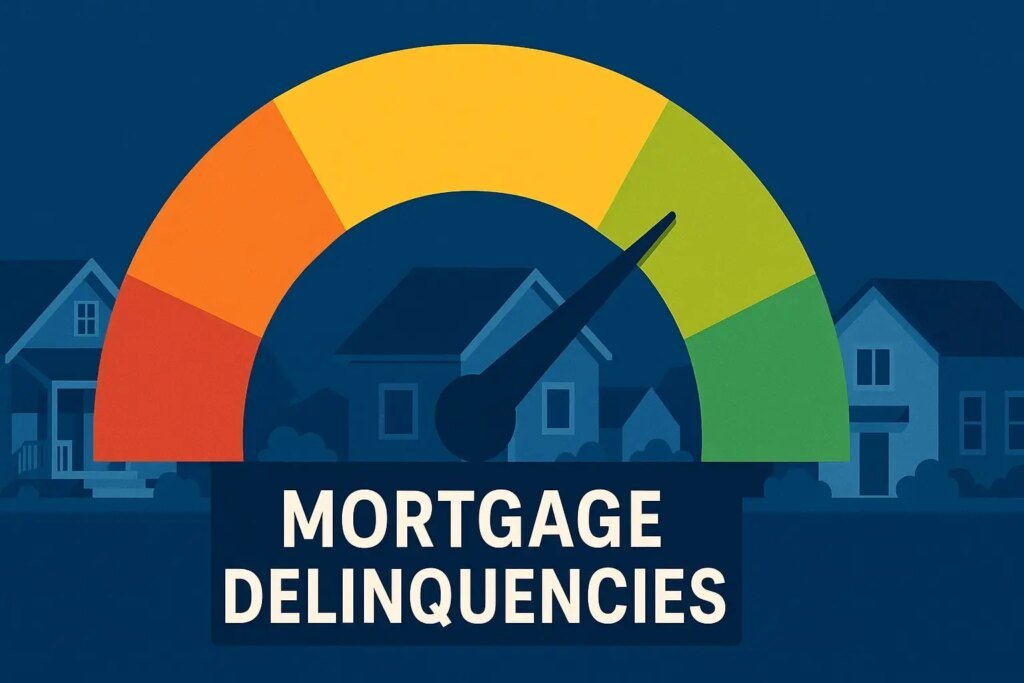Delinquency Rates on the Rise for FHA Loans, Marina Walsh Reports
Marina Walsh, MBA’s vice president of industry analysis, highlighted a concerning trend in the mortgage market, with delinquencies on Federal Housing Administration (FHA) loans leading the way in increases.
According to Walsh, the FHA seriously delinquent rate, which includes 90+ day delinquencies and loans in foreclosure, saw a significant rise of almost 50 basis points compared to the previous year. In contrast, conventional and VA loan delinquency rates remained relatively stable during the same period.
Walsh identified various factors contributing to the stress faced by FHA homeowners, including challenges in the labor market, personal debt burdens, and escalating costs such as taxes, homeowners insurance, and other fees that impact affordability. Additionally, declining home prices in certain regions could further hinder homeowners’ ability to sell or refinance their properties.
While the data for Q3 2025 did not reflect the impact of the conclusion of COVID-era FHA loss-mitigation options and a recent government shutdown, Walsh cautioned that these events could influence delinquency and foreclosure rates in the upcoming quarters.
The latest figures show a rise in the seasonally adjusted mortgage delinquency rate across various categories. Thirty-day delinquencies increased by 2 basis points to 2.12%, 60-day delinquencies rose by 4 basis points to 0.76%, and 90-day delinquencies remained steady at 1.11%.
By loan type, the delinquency rates for conventional, FHA, and VA mortgages exhibited different patterns. Conventional loan delinquencies increased by 2 basis points to 2.62%, FHA delinquencies surged by 21 basis points to 10.78%, and VA loan delinquencies rose by 18 basis points to 4.50%.
On a year-over-year basis, delinquency rates rose across all loan categories. While conventional delinquencies experienced a slight decline of 1 basis point, FHA delinquencies spiked by 32 basis points, and VA delinquencies decreased by 8 basis points.
Delinquency statistics encompass loans that are at least 30 days past due but exclude those in foreclosure. The foreclosure inventory rate stood at 0.50%, marking a 2 basis point increase from the previous quarter and a 5 basis point increase from the previous year.
The non-seasonally adjusted seriously delinquent rate, which measures loans that are 90 days or more past due or in foreclosure, reached 1.61%, showing a 4 basis point increase from the second quarter and a 6 basis point increase from the previous year. Notably, the seriously delinquent rate fell by 2 basis points for conventional loans, rose by 30 basis points for FHA loans, and decreased by 1 basis point for VA loans on a quarter-over-quarter basis.
States such as Arizona, Louisiana, Indiana, Iowa, and Texas experienced the largest quarterly increases in overall delinquency rates, with respective jumps of 29, 28, 28, 26, and 24 basis points.

